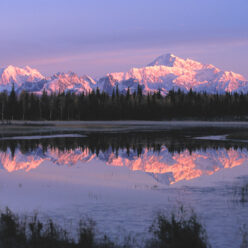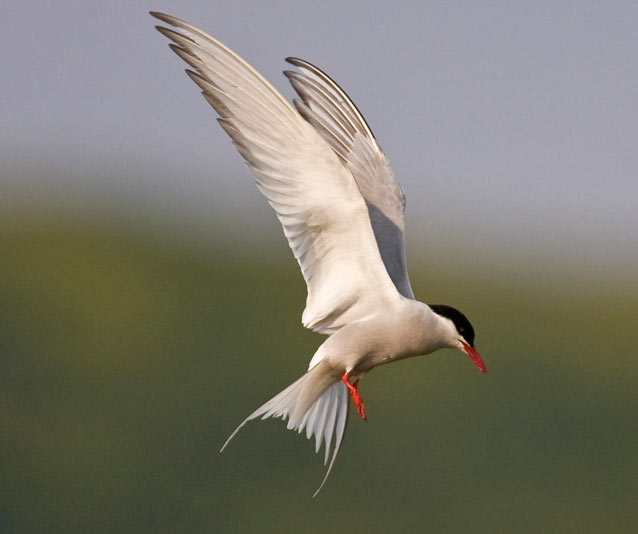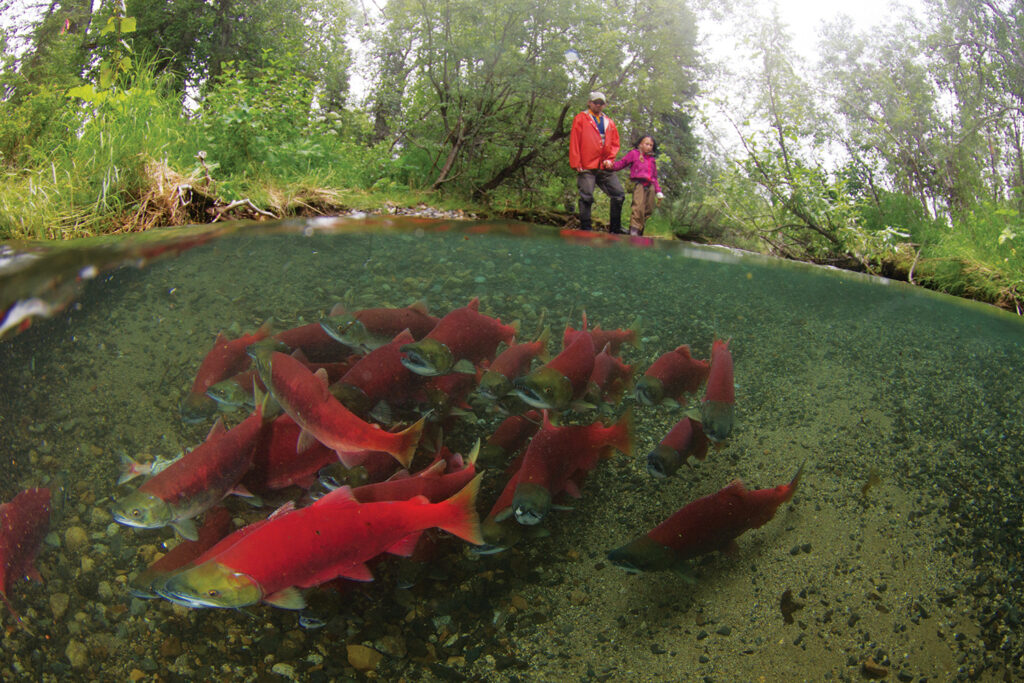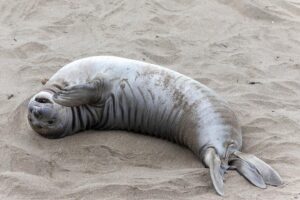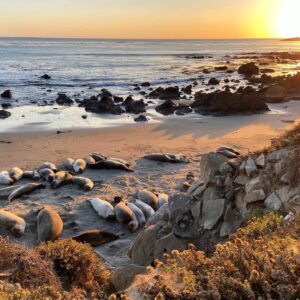A. (n.d.). Northern Elephant Seal. Retrieved October 16, 2020, from https://www.pinnipeds.org/seal-information/species-information-pages/the-phocid-seals/northern-elephant-seal
Arctic tern. (n.d.). Retrieved October 16, 2020, from https://www.nationalgeographic.com/animals/birds/a/arctic-tern/
Arctic Tern Sounds, All About Birds, Cornell Lab of Ornithology. (n.d.). Retrieved October 16, 2020, from https://www.allaboutbirds.org/guide/Arctic_Tern/sounds
dfg.webmaster@alaska.gov. (n.d.). Home Page, Alaska Department of Fish and Game. Retrieved October 16, 2020, from https://www.adfg.alaska.gov/
Future Challenges for Salmon and the Freshwater Ecosystems of Southeast Alaska (U.S. National Park Service). (n.d.). Retrieved October 16, 2020, from https://www.nps.gov/articles/aps-17-1-6.htm
Phillips, L., Chambers, N., & Backensto, S. (n.d.). Migration: On the Move in Alaska (U.S. National Park Service). Retrieved October 16, 2020, from https://www.nps.gov/articles/aps-17-1-1.htm
